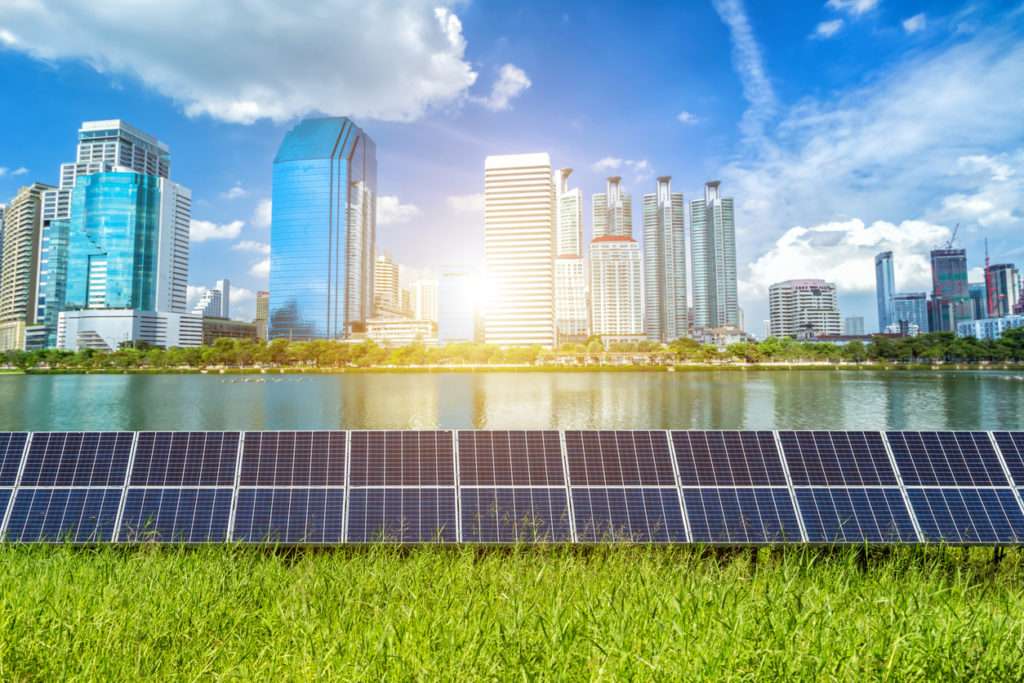
Optimizing building management by incorporating water consumption monitoring to energy monitoring
Amidst climate imbalance and environmental considerations, France has every intention to lead the way in the energy transition of its housing stock. The Elan Law on housing, urban planning, and digital, adopted in 2018, establishes 175 goals towards improving energy consumption in buildings.
Enacted on October 1, 2019, the tertiary sector decree (tertiary decree) outlines the regulatory requirements and deadlines of the goals defined in the Elan Law. This decree puts into concrete form France’s ambition to make its building stock carbon-neutral, something the country should be commended for as its tertiary sector accounts for 40% of energy consumption.
In late June of this year, the first deadline to communicate the energy consumption data was extended by a year, to September 30, 2022, because of the current health crisis. For tertiary buildings managers, this means enough time to refine and deepen the data collection strategy on their housing stock, mostly by now incorporating water consumption data to anticipate future legislation and make buildings more sustainable.
Go further: Include water monitoring in energy monitoring
To comply with the annual requirement of data consumption reporting, you first must gather the data, analyze it, and then exploit it. As a result, several companies (such as Deepki, Citron, Advizeo, and Energisme) have created action plans to better respond to the decree’s requirements.
Although water consumption monitoring is not made mandatory by the Elan law, the decree has generated a healthy competition that drives building managers to develop a comprehensive building management plan. Many have therefore started to include water monitoring management not only to anticipate future measures on this matter but also to conserve an essential resource and reduce water bills.
Within a context of growing water shortages, the building sector is key in the conservation of that vital resource as it uses up 70% of distributed water, especially since one in three buildings always has costly leaks that can account for 60% of the water bill. Water consumption monitoring is beneficial both for its positive impact on the resource itself and for optimizing water consumption and maintenance operations.
A quick and easy solution to manage and reduce your water consumption
As an expert in water flows analysis in buildings, Shayp fits perfectly into the projects implemented to answer the decree by providing water consumption data collection and analysis services. Such data can then be exploited and translated into action plans that will especially help to make decisions related to maintenance. The introduction of the tertiary decree provides the perfect context for incorporating water into the initiatives aimed at achieving the energy transition of the French building stock.
With a solution combining a sensor and software, Shayp reduces water by 22% on average saving 900 million liters of water since its creation. The sensor, a POLY4 box ecologically designed by Shayp and manufactured in Belgium, connects directly and in a non-invasive way to the water meter to collect consumption data with great accuracy. These data are then analyzed and displayed in a user-friendly way on a platform accessible on mobile or computer (and can be integrated on any other energy platform). The platform offers a real-time view of the water consumption in the entire housing stock and alerts the user in case of a leak.
To summarize: what does the tertiary decree involve?
– Who does it target?
Owners and tenants of a building or parts of buildings that are allocated to tertiary services (offices, hotels, shops, administrations, etc.) with a total surface area of 1,000 m2 or more must meet the requirements set out in the French Tertiary Decree. Except for buildings serving as places of worship, buildings used for defense purposes, civil security and internal safety, and temporary structures.
– What are the goals?
Using a baseline year selected beforehand between 2010 and 2020, the energy consumption reduction goals are set as follows:
- 40% by 2030
- 50% by 2040
- 60% by 2050
– What is the procedure and what are the actions required?
Not only does the decree require a reduction of energy consumption, but it also enforces the monitoring of energy consumption for each building. The energy consumption data must be declared no later than September 30 for the previous year on OPERAT (the Observatory of Energy Performance, Renovation, and Actions in the Tertiary Sector), a digital platform developed by ADEME for collecting and monitoring consumption data. Non-compliance with the set requirements may result in a fine and “Name & Shame” on a public government website.
For more information on the provisions of the French Tertiary Decree, please visit operat.ademe.fr

